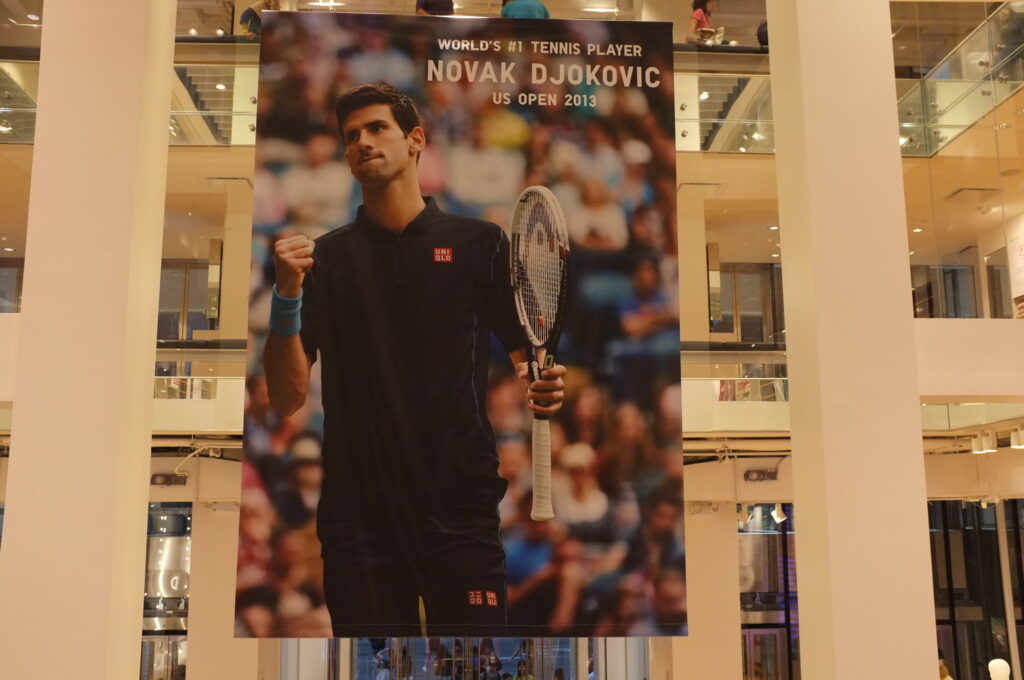How OnlyFans is testing the limits of modern tennis sponsorship

In May 2025, Alexandre Muller achieved the biggest win of his career by beating top seed Alexander Zverev in Hamburg. But his story this season goes beyond tennis.
Earlier this year, Muller said that “more players are going to sign with OnlyFans” — the same platform that became his sponsor back in 2024. At the time, the move surprised many. Now, with Muller winning matches and still working with one of the sport’s most unusual sponsors, it’s worth asking: is this the future of tennis marketing — or just a risky exception?
On his profile, Muller calls himself “the sexiest professional tennis player ever.” He doesn’t post adult content — instead, he shares behind-the-scenes glimpses of life on tour: training sessions, recovery routines, and the everyday grind. But during the 2024 Rome Masters 1000, Muller was reportedly barred from wearing the OnlyFans logo on court. At Wimbledon, the same restriction applied.

OnlyFans is widely known for hosting adult content — a reputation it earned after being acquired in 2018 by the owner of several webcam platforms. But technically, it’s just a subscription-based content platform, designed to help creators of all kinds — from chefs and musicians to fitness trainers and bloggers — monetize their work directly. And now, it’s aiming to break into the world of sports sponsorship.
For players like Muller, this isn’t just a branding gimmick — it’s a lifeline. The sponsorship has been more than symbolic — it helps cover the costs of his team, including allowing his fitness coach to travel with him more often.
In tennis, the financial gap between the sport’s elite and everyone else is massive. Top-ranked players can travel with full-time teams and fly private. But for those further down the rankings, each tournament is a financial risk. In that context, a deal with a controversial platform might not be ideal — but it’s real, and it pays.
Muller is not alone. Nick Kyrgios was one of the first tennis players to partner with OnlyFans. Like Muller, Kyrgios uses the platform to maintain his media presence during his injury break: posting exclusive videos, stories about tattoos, and gaming updates.
Unconventional sponsorships like these are becoming more common. Before collapsing in 2022, crypto exchange FTX signed deals with athletes, including Naomi Osaka, who not only promoted the brand but also invested in crypto and NFTs herself. This reflects a change in what appeals to younger audiences, who are more drawn to digital platforms and creator-first brands than to conventional sponsors like banks or watchmakers.
But sponsorship today isn’t just about funding — it’s about image. Muller and Kyrgios have both embraced a type of brand association that would have seemed unthinkable a decade ago. By teaming up with OnlyFans, they’ve raised a bigger question: where do we draw the line between protecting one’s reputation and sustaining a career?
That brings us to the bigger picture: will OnlyFans actually succeed in changing its image?
There’s no doubt they’re trying — courting athletes, expanding into fitness and music, and emphasizing “mainstream” content. But their tennis ambassadors so far offer limited reach. Kyrgios is undeniably headline-grabbing, but also polarizing — a man more likely to spark debate than clean up a brand’s reputation. Muller, meanwhile, is relatively unknown outside the tennis world.
For a true image overhaul, OnlyFans would need a different kind of partner: a top-10 player with global appeal and a squeaky-clean public persona. But would any of those stars be willing to take that risk — to link their name to a platform still closely associated with adult content? And perhaps more importantly: do they even need to?




